23 funky foreigners you can import in 2023
At 25 years old, the cars that America has been denied come of age. Under federal DOT rules, as soon as a model hits this milestone it can be privately imported, so with each new year come new gems for car fans looking for something a bit different to drive.
Here are 23 examples of foreign fun that will become legal in the U.S.A. in 2023.
Urban collective
For a city runabout with a small footprint the year 1998 has a curiosity of compact cars to consider. First comes the cute Honda Capa, born out of the Japanese automaker’s “Small is Smart” philosophy. A little too large to be a kei car, it came with a 1.5-liter motor and continuously variable transmission, and plenty of headroom thanks to its boxy design.
Over in Germany, Volkswagen’s Lupo might have got its name from the Latin for wolf, but really this three-door hatch was quite sheepish, unless you opted for the 1.6-liter GTi.
Back in Japan, the first-generation Nissan Cube was launched and couldn’t have been named more aptly. Based on the Micra platform it developed a cult following and the third generation, launched in 2009 even made it to the U.S.
However, by far the most popular city car of 1998 was the Tata Indica, the first car from India’s Tata Motors (which ten years later would buy Jaguar Land Rover). The basic runabout soon became the best-seller in its class and had sold a million units within ten years. It would be easy to find one, and it’s guaranteed you’ll never see another at the grocery store.
A family affair
If you’ve got people to move and you’re feeling especially brave, then 1998 has three options. The Fiat Multipla took its name from the wonderfully bizarre 600 Multipla of the mid-1950s and was no less unusual. Its sea-creature styling contained a 3×3 seating arrangement which made it a very spacious and practical wagon despite not being especially long. You could even remove the rear seats to turn it into a van. The 1.9-liter JTD diesel was the best version at the time, while a wide track meant it would tip into corners with enough enthusiasm to upset the family.
Russia’s optimistic answer was the Lada Nadezhda—an ungainly all-wheel drive MPV, which despite its name meaning “hope,” few people had enough to buy it.
Nissan’s Almera Tino, by contrast, did quite well, providing no-frills, cost-effective transport for families in Europe and Japan. Nissan even used Mr. Bean to advertise it, which presumably allowed Rowan Atkinson to buy another Aston Martin.
Slick sedans
The year 1998 brought a tidy selection of unobtainable sedans that could never grace U.S. soil … until 2023. Alfa Romeo was absent from America from 1995 to 2008 (when the 8C went across the pond), so the Alfa 166 was not sold Stateside. It carried over the charming 2.0-liter twin spark and 3.0-liter V-6 engines from the 164 it replaced, along with a 2.4-liter diesel. Top-of-the-line models received a lovely Momo leather interior, but it failed to sell in serious numbers.
The Rover 75 launched the same year, and its retro stylings appealed to patriotic Brits who were reminded of the glory of days gone by. The car’s 1.8-liter K-Series and K V-6 engines were excellent and the 75 drove well, but the car ultimately failed to save the firm.
Toyota, meanwhile, could do no wrong, despite offering up the Progrès which arguably cannibalized off other Toyota and Lexus models. Power was from a 2.5 or 3.0-liter V-6 and it featured the world’s first GPS-guided automatic transmission. (Since it was only sold in Japan, don’t expect that trick to be much use if you import one.)
Also in Japan, the mentalists at Mitsuoka got hold of Nissan’s perfectly sensible Primera, grafted a ridiculous retro nose onto it and called it the Ryoga. Mechanically it would be a sound enough buy, but aesthetically … that’s a whole different story. A matter of taste.
Plans hatch
1998 was a good year for fans of sporty little hatchbacks. Peugeot replaced its legendary 205 with the 206, which was more sophisticated, if a little less entertaining than its predecessor. The real fun from Peugeot came in the form of the second-generation 106 Rallye, however. Now powered by a 1.6-liter motor and stripped out to save weight and finesse handling.
Renault took a different approach with its RenaultSport Clio 172, opting to fit a two-liter 16v VVT engine into the little Clio and spawning a whole new series of hot hatches.
Malaysia’s Proton, having recently taken ownership of Lotus, decided to put the British sports car firm to work on its humdrum Satria to make the Satria GTi. Wearing “Handling by Lotus” tags and a sporty body kit it was far more than just badge engineering and genuinely quite a thrill to drive.
Rally-ready rockets
Mitsubishi’s annual updates to the Lancer Evolution were already in full swing and, for 1998, that meant the Evo V was the car of the moment. Chief among the enhancements over the earlier IV were a new bodykit with adjustable rear wing, a wider track, and some engine fettling to include a revised turbo and pistons, although the 276-hp remained the same due to rally rules.
Its rival, and undisputed champion, was the Subaru 22B. This wide-bodied two-door was built to celebrate Subaru’s 40th-anniversary and its third consecutive victory in the FIA World Rally Championship. 400 were made for Japan and sold out immediately, while a further 24 made it to export markets. One fetched $312,555 in 2021, making it the most expensive Subaru ever sold.
Track attackers
Britain’s Ascari was having some success in the British GT Championship when it decided that selling a road-going version of its FGT would be a good idea. Work began in 1998 on the Ecosse, a BMW V-8-powered, 420-hp supercar. Top speed was claimed to be in excess of 200 mph, but just 17 were built.
That’s mass production compared to the Mercedes CLK LM of which only one Strassenversion was ever made. A road-legal homologated version of the German company’s GT1 race car, which won every round of the 1998 FIA GT season but failed to finish at Le Mans, it was sold to a collector in Japan. Now residing somewhere in Europe, after achieving €2 million in 2016, you’d need very deep pockets to acquire it.
4×4 fun
Should you fancy the odd off-road excursion, what could be better than a 25-year-old odd off-roader nobody minds getting filthy? Kia has clearly come a long way from the days when it was selling a lightly re-purposed military vehicle called the Retona, with a two-liter diesel engine that meant it could barely get out of its own way.
The Lada Niva Travel was no better. Developed by Russia’s VAZ, it was supposed to replace the almost unstoppable Niva and was even sold as a Chevrolet for a while.
India had the Tata Safari 4×4, powered by a Peugeot diesel engine and with styling seemingly stolen from the Ford Maverick. Nonetheless it had a solid 12-year run. Our final off-road offering is actually worth considering.
The Mitsubishi Pajero Pinin, also known as the iO or Shogun Pinin, is a pretty stylish, compact 4×4 that got its name from the Pininfarina factory in Italy where it was assembled. Reliable, capable and with a dash of Italian flair, what’s not to like?


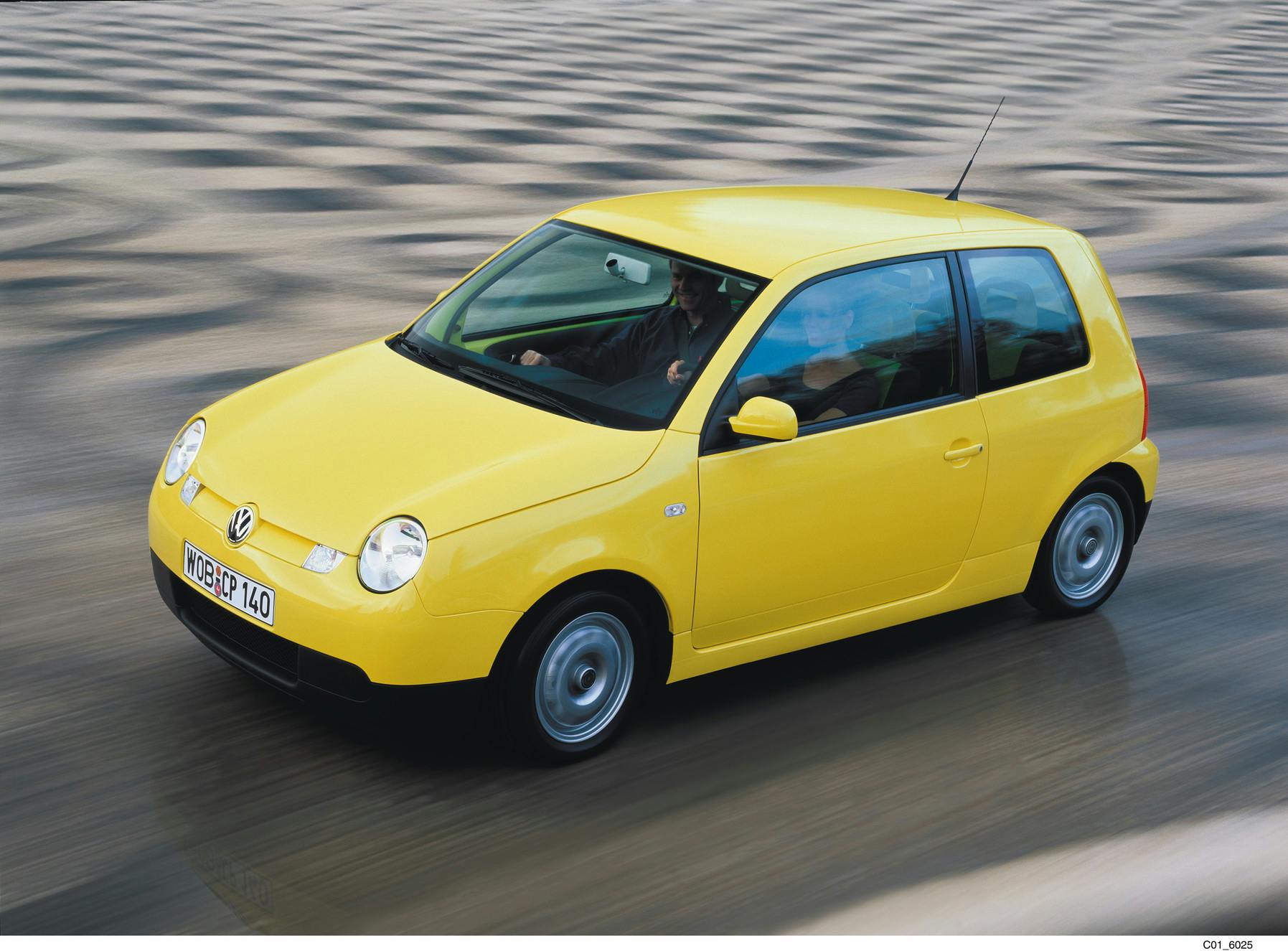
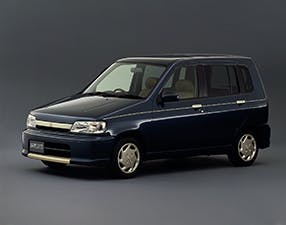
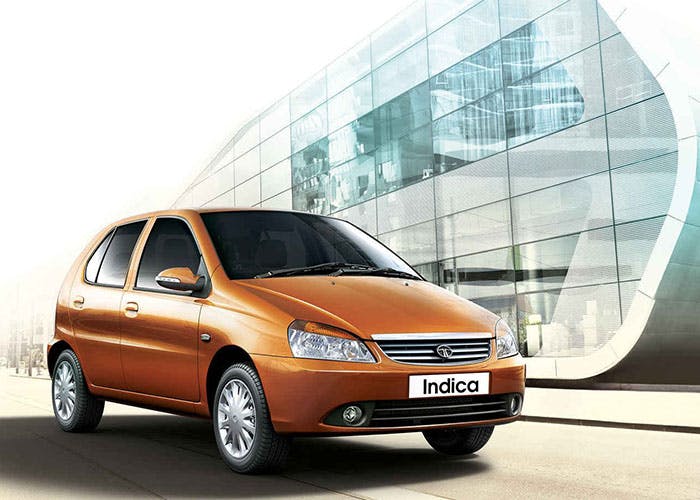
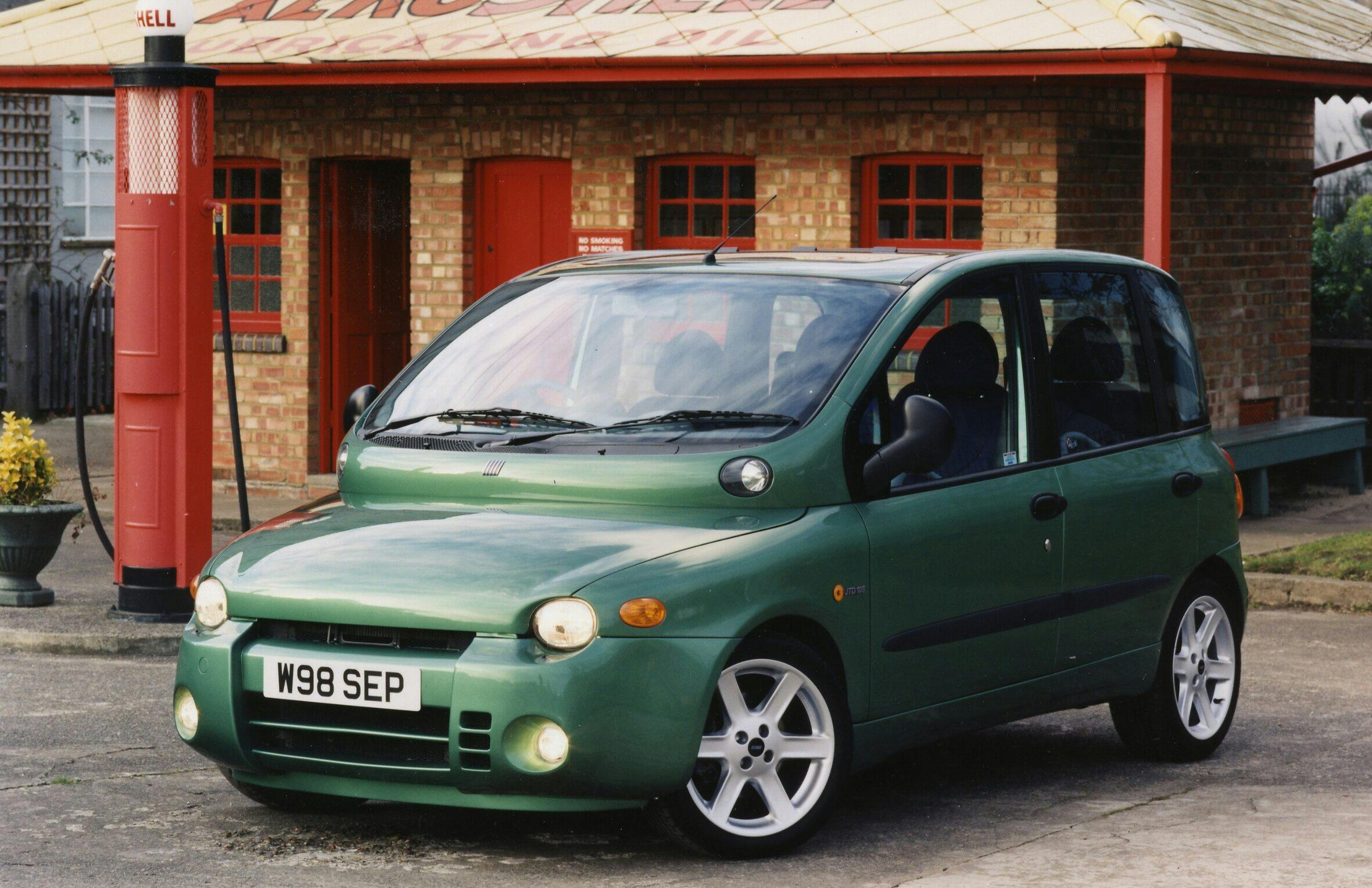
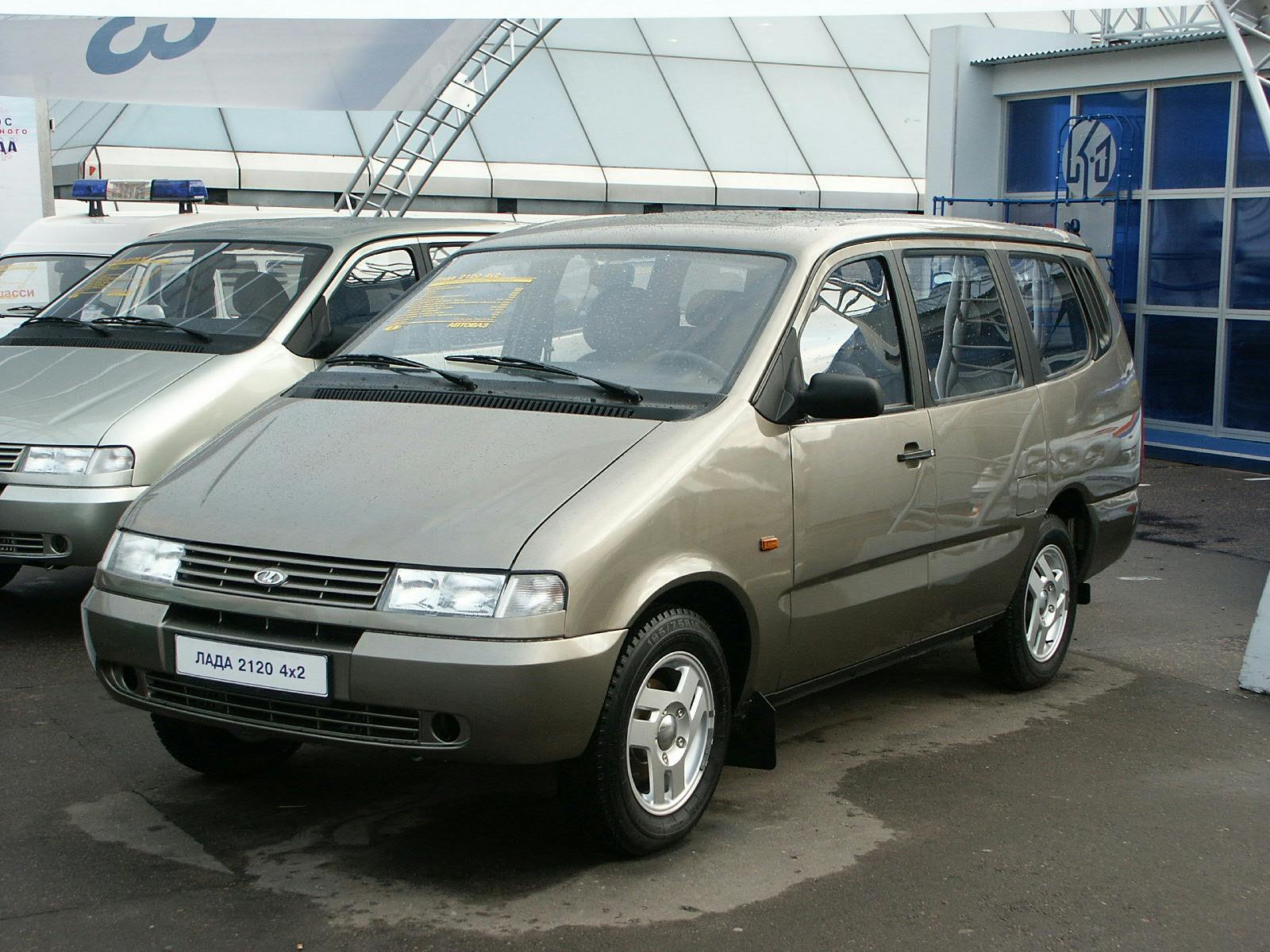
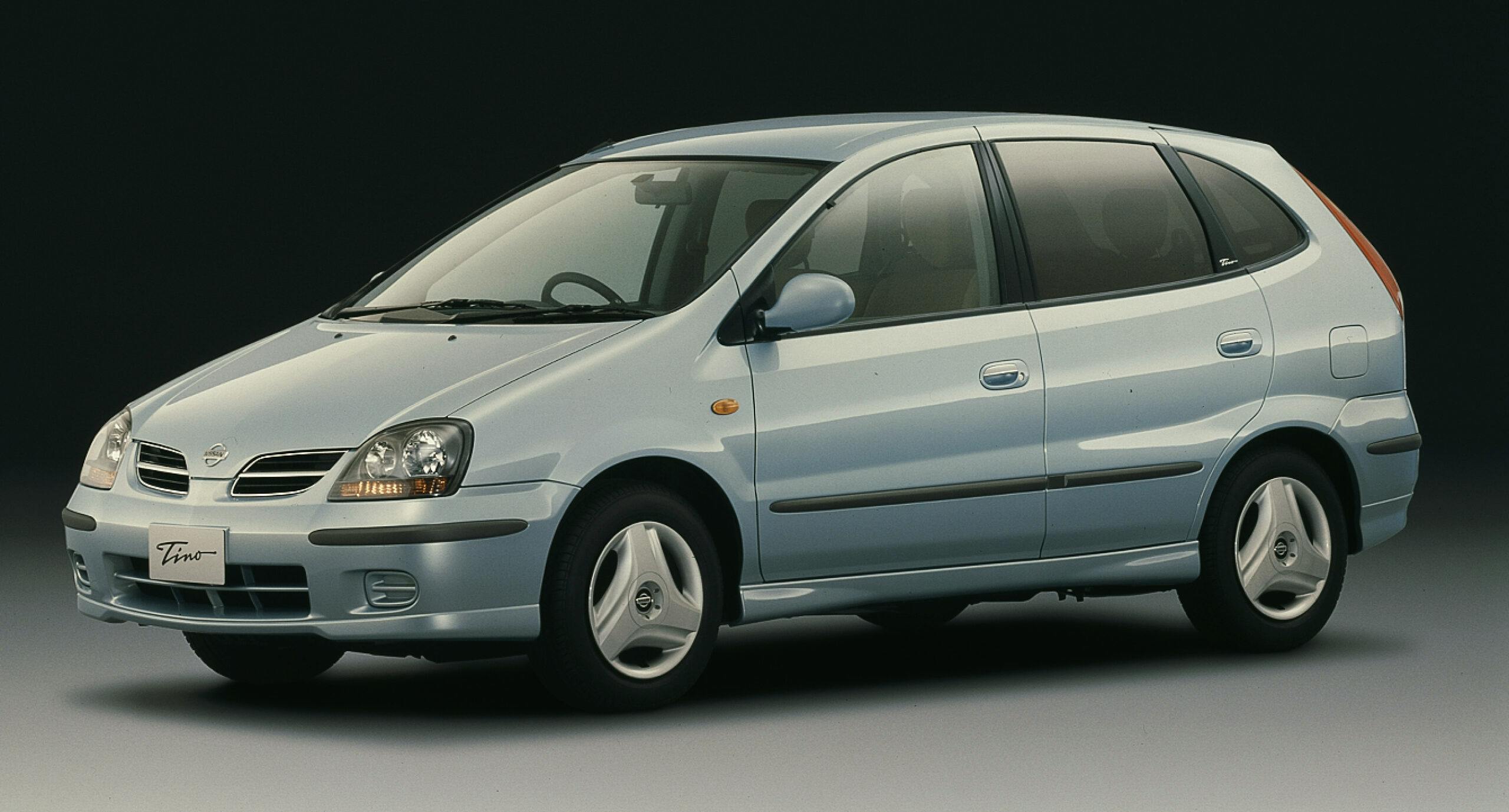
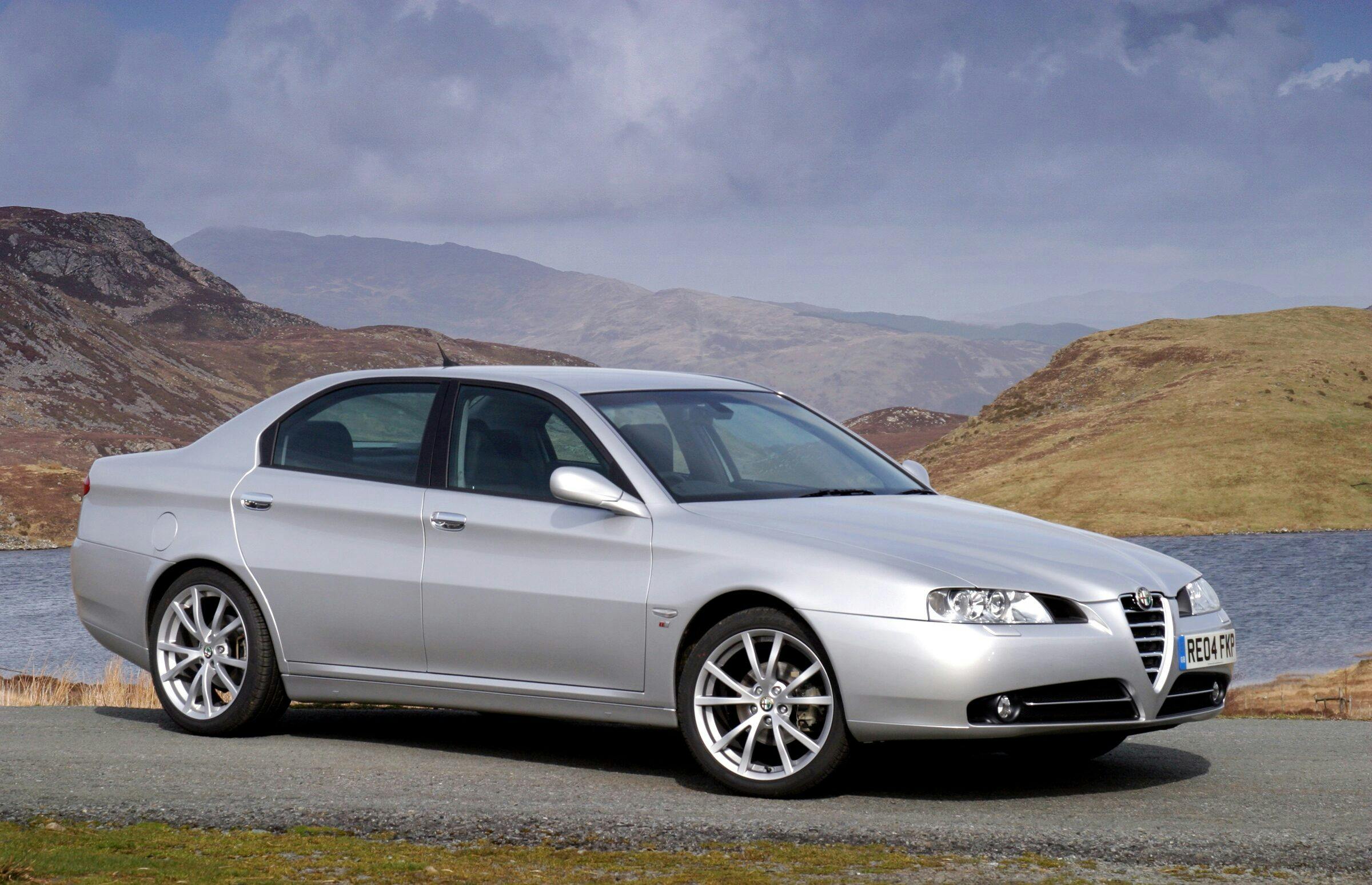
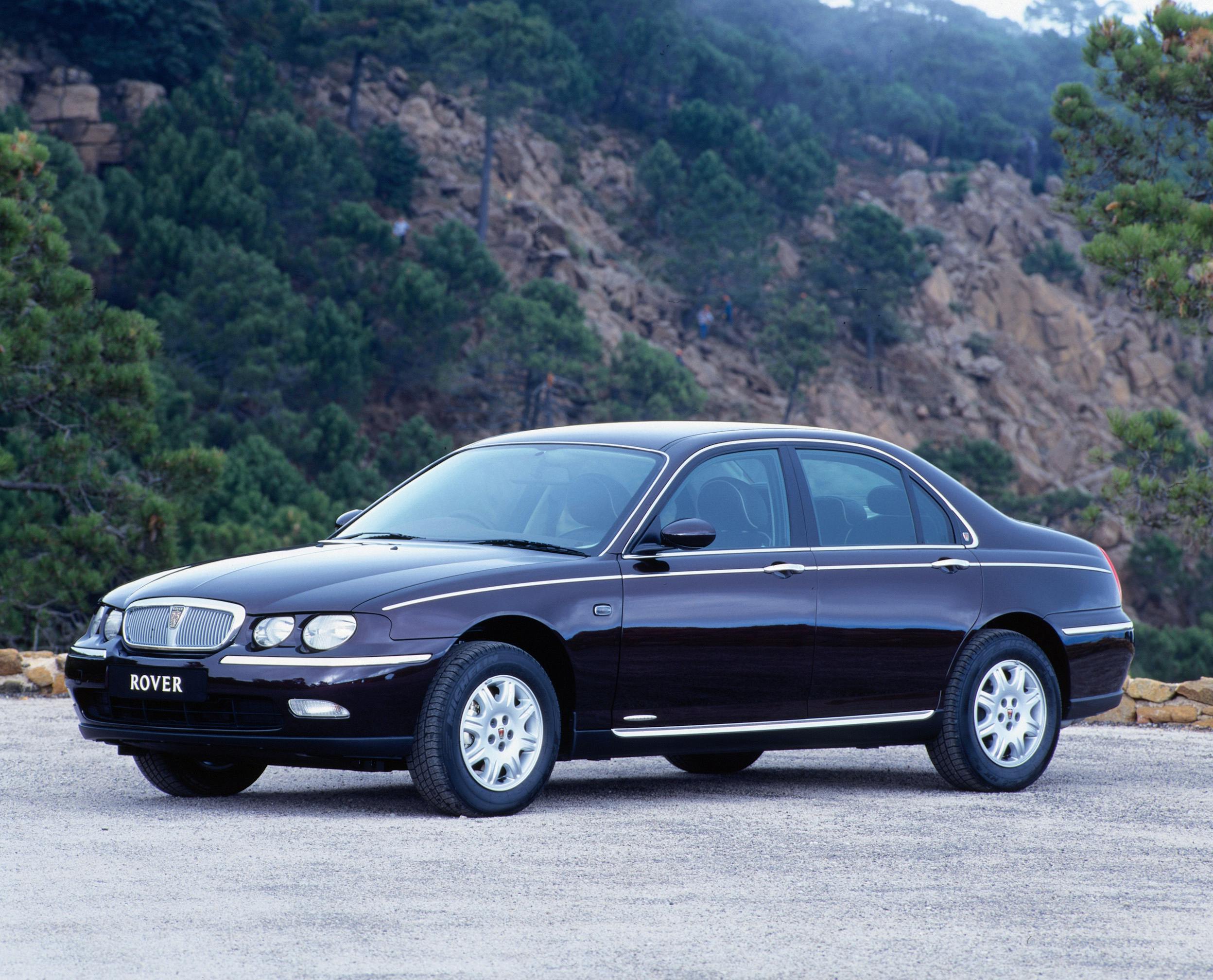
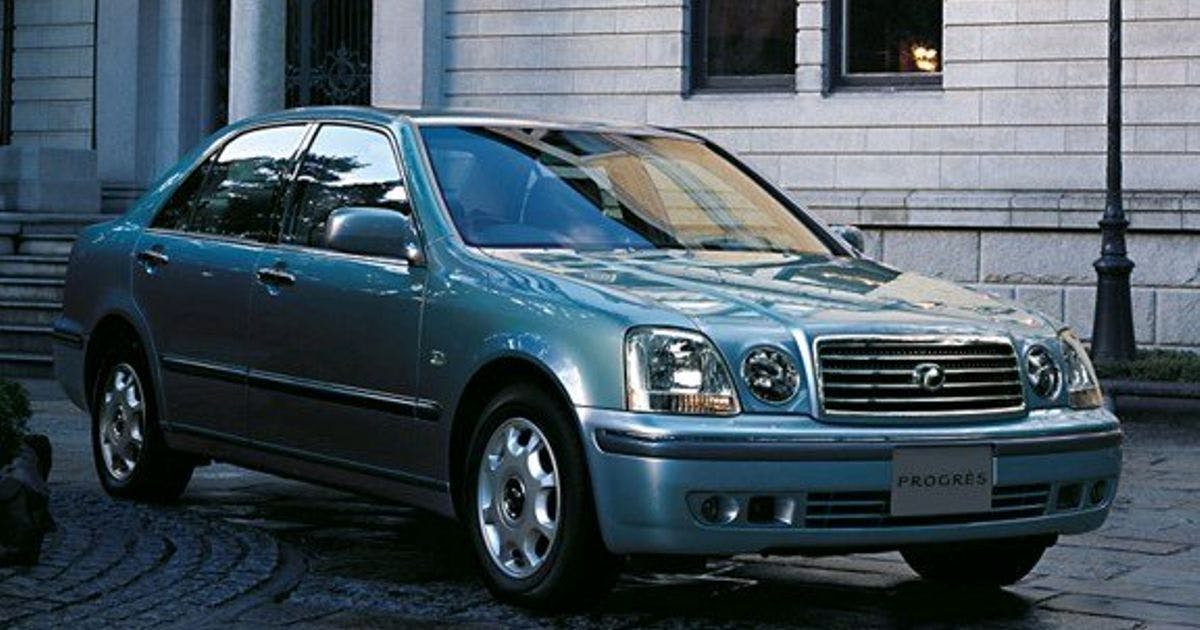

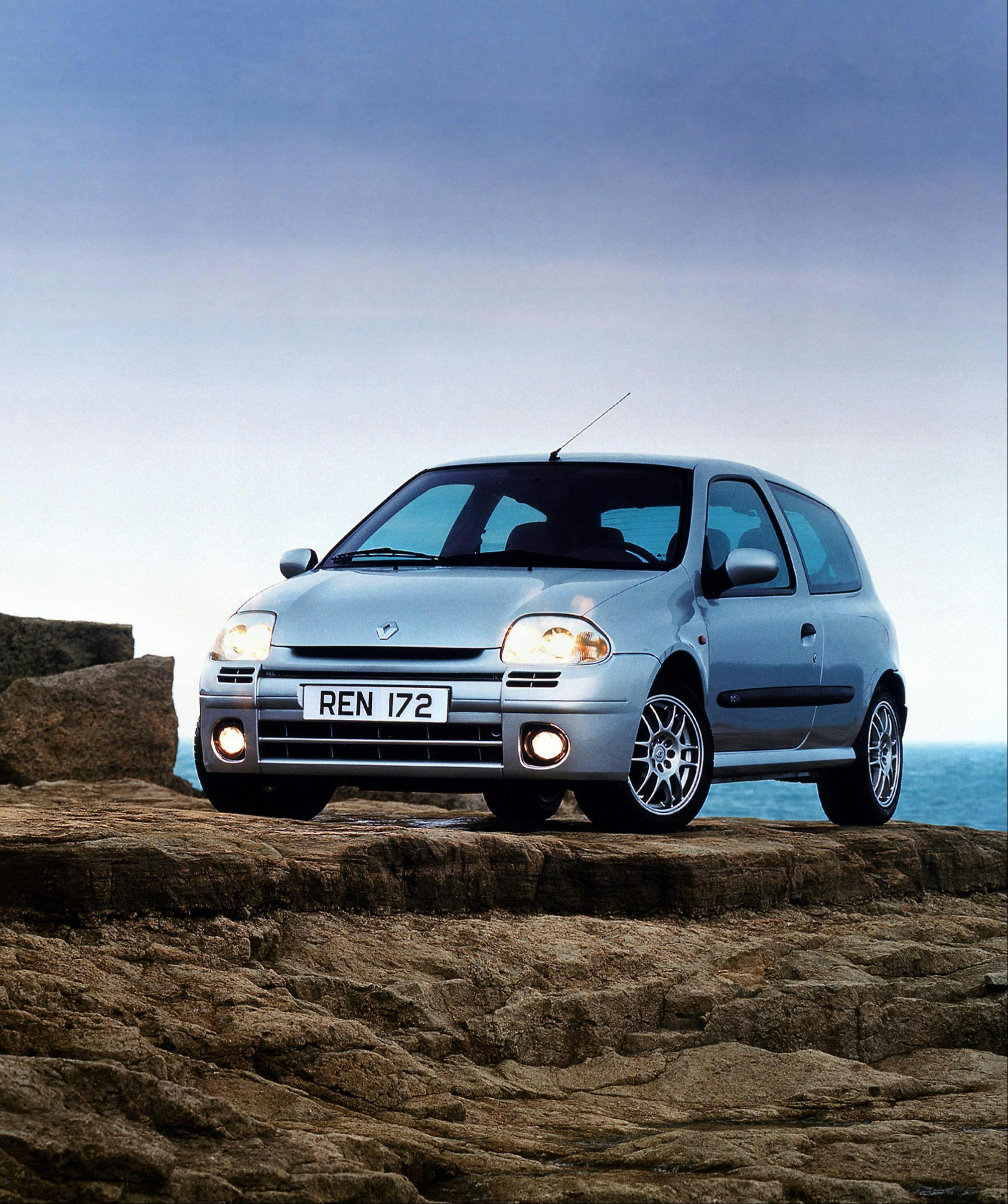
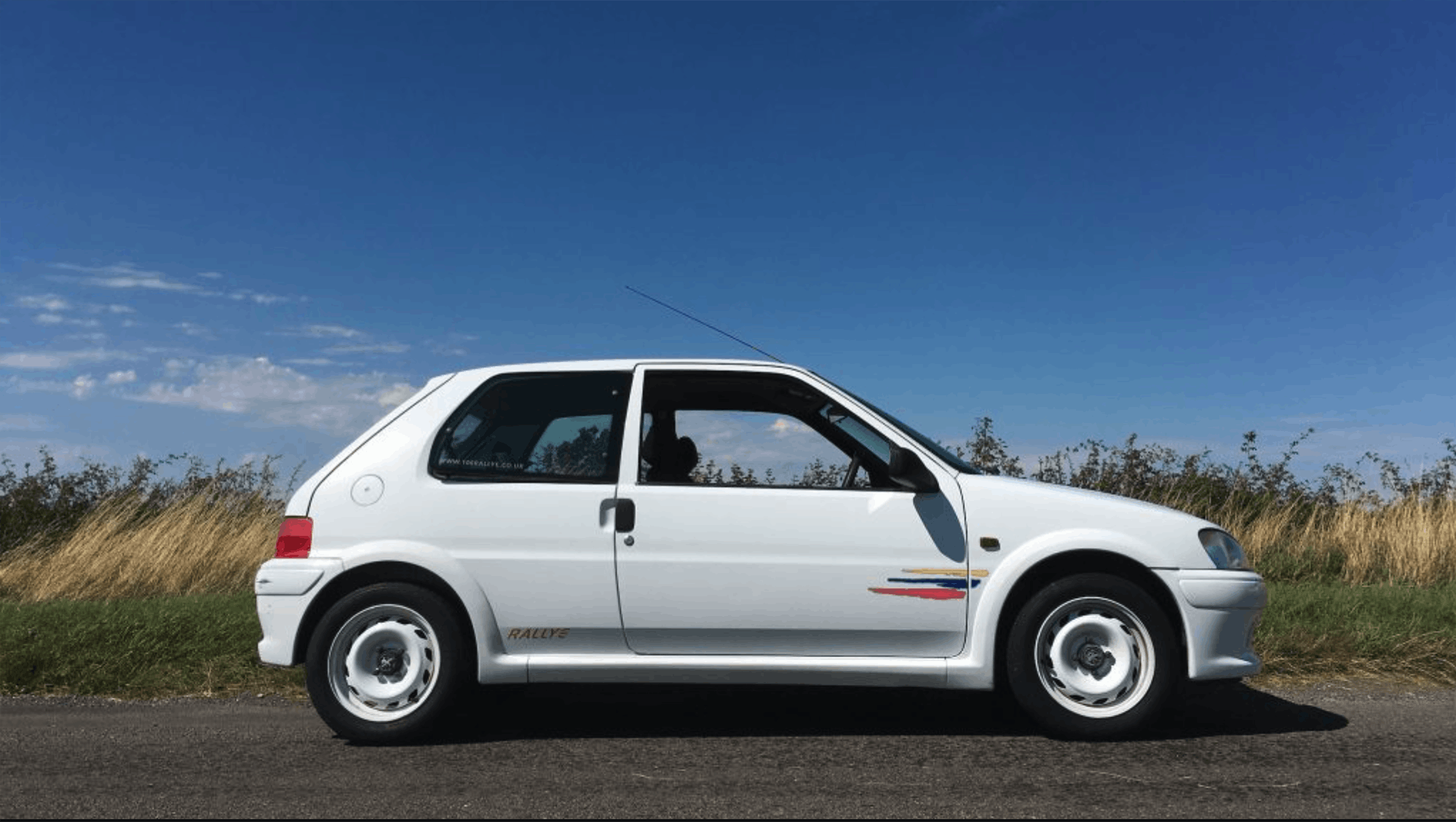

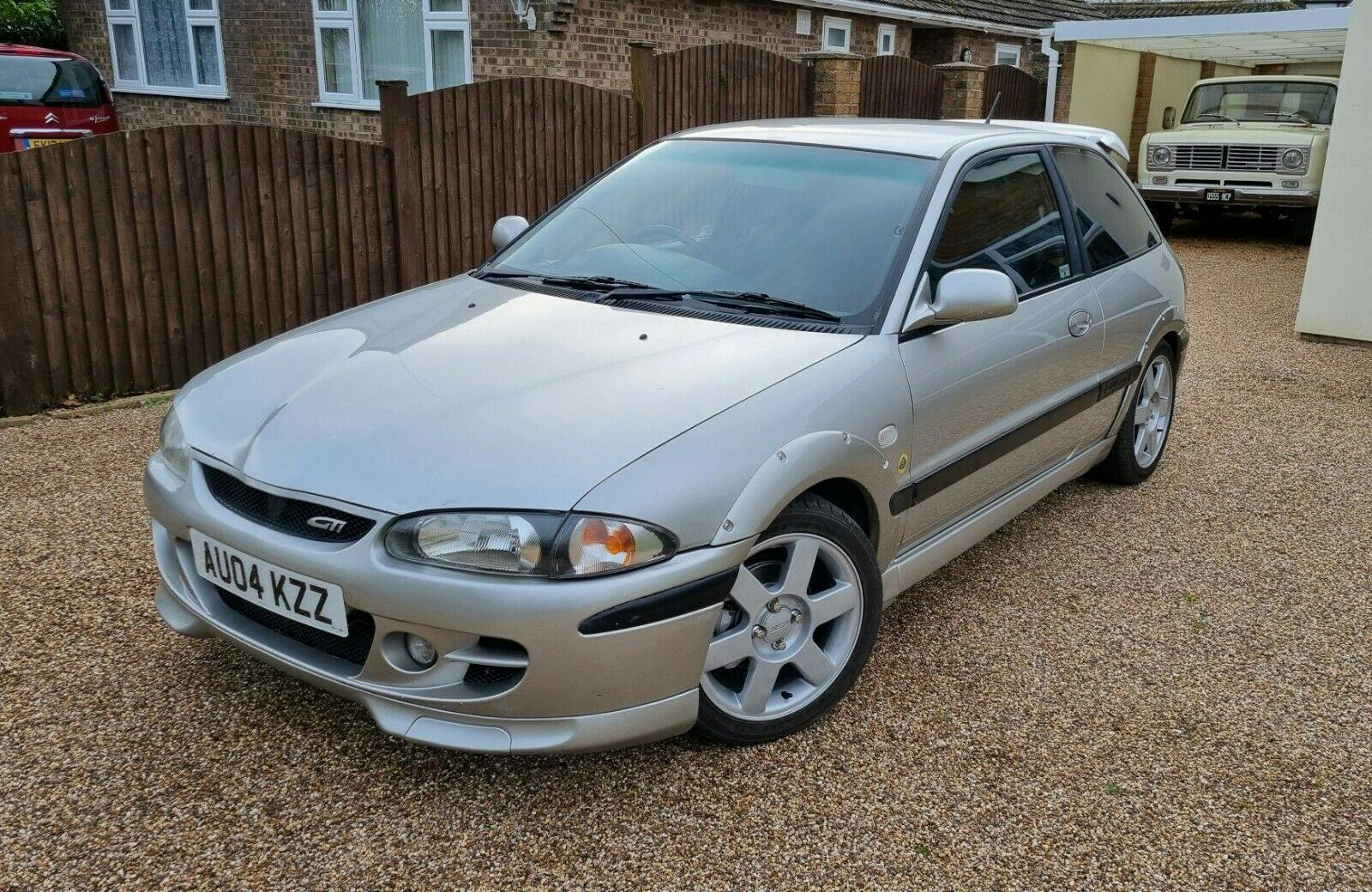

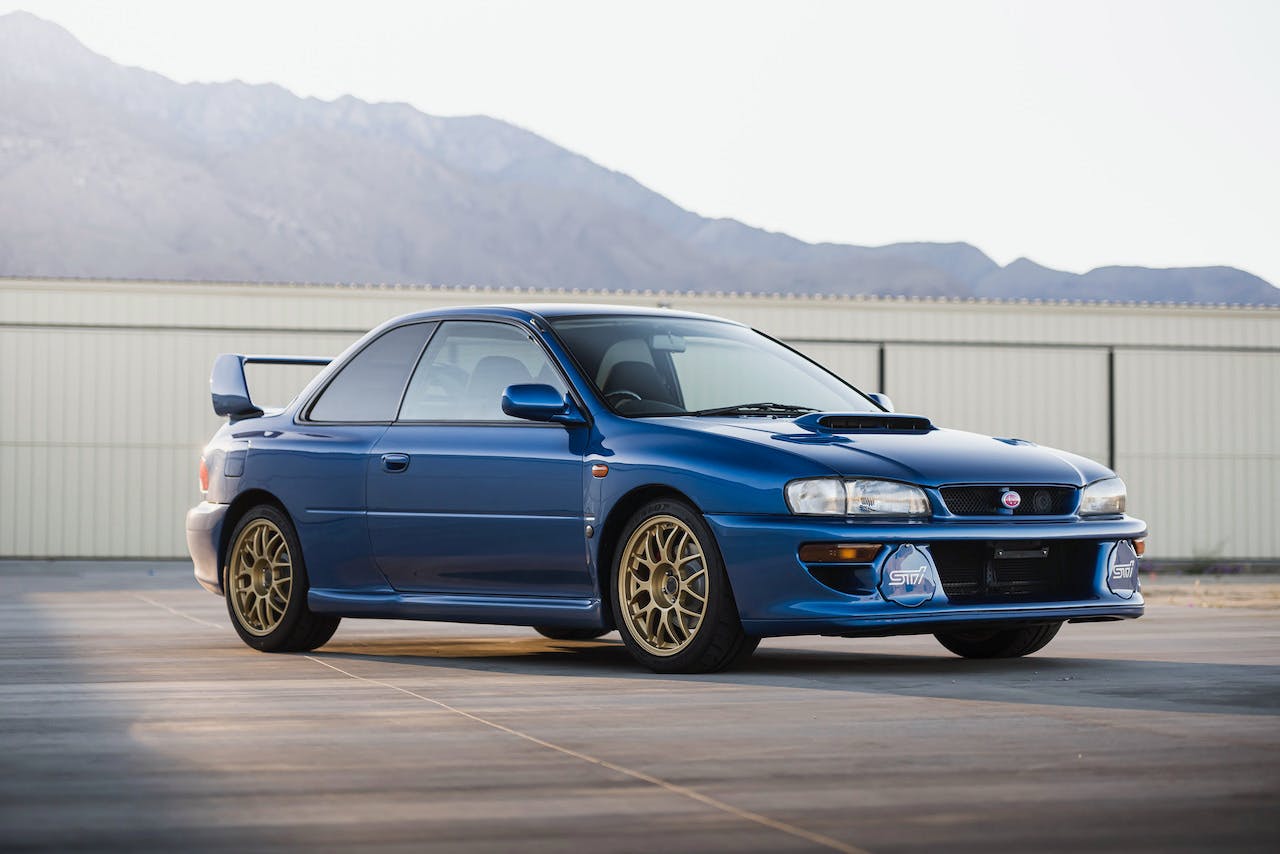


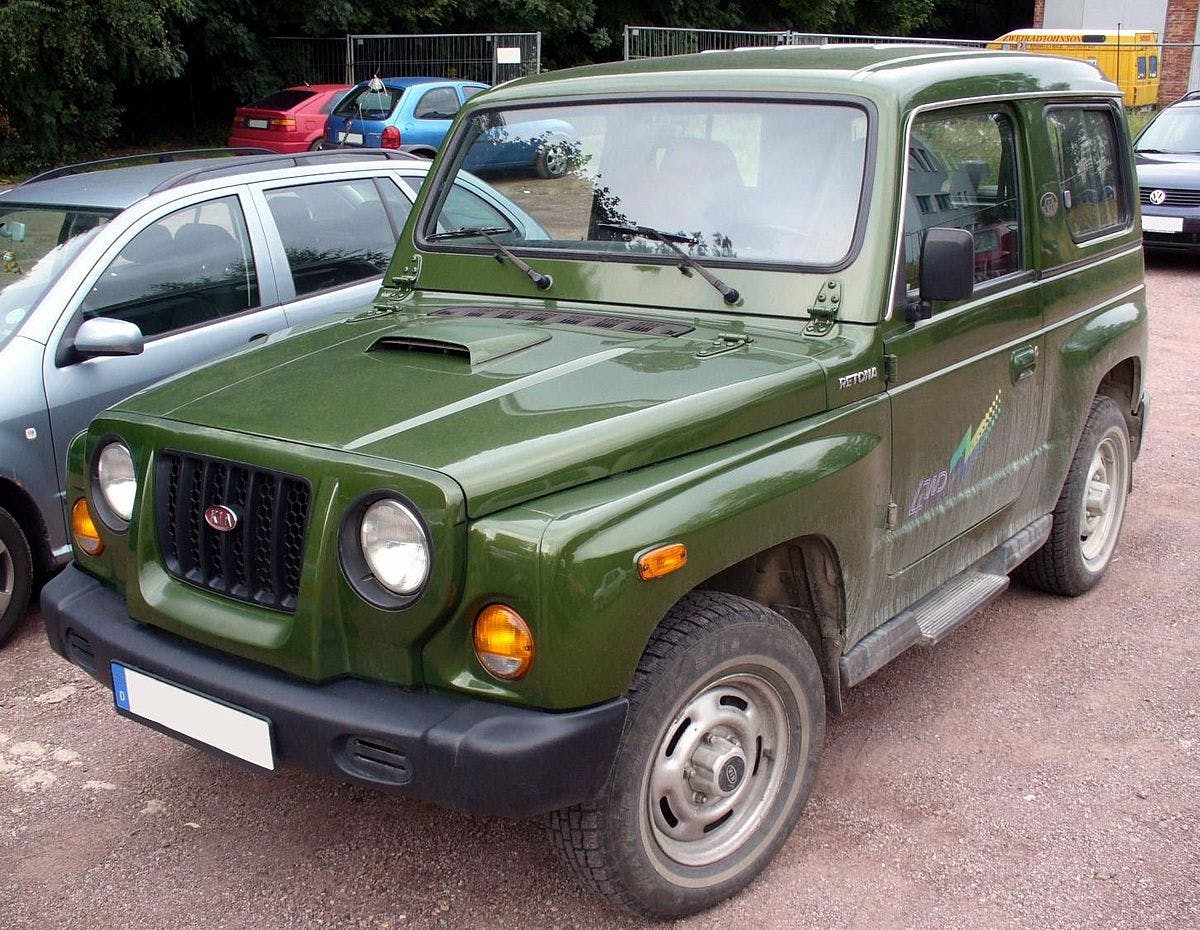
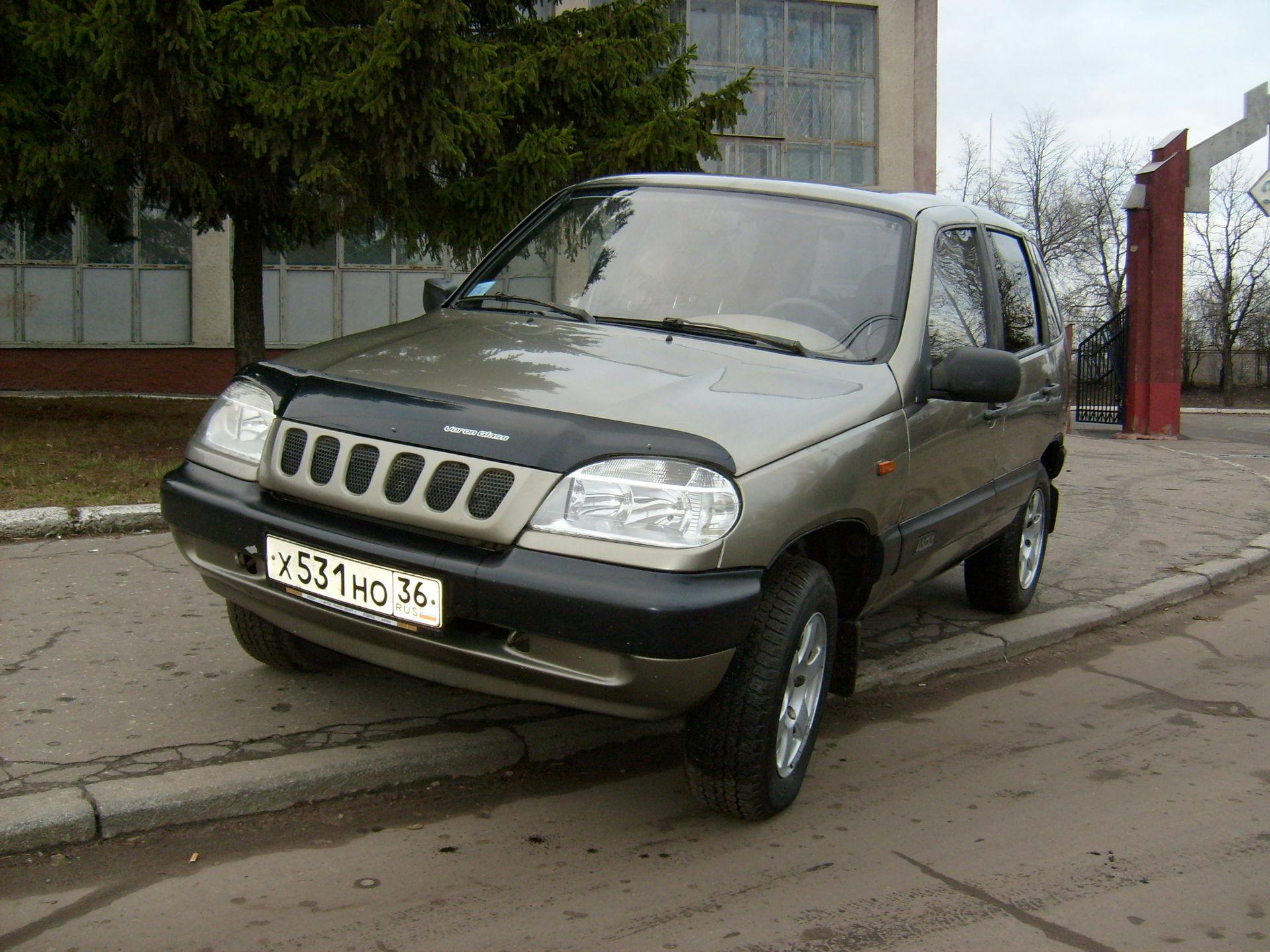
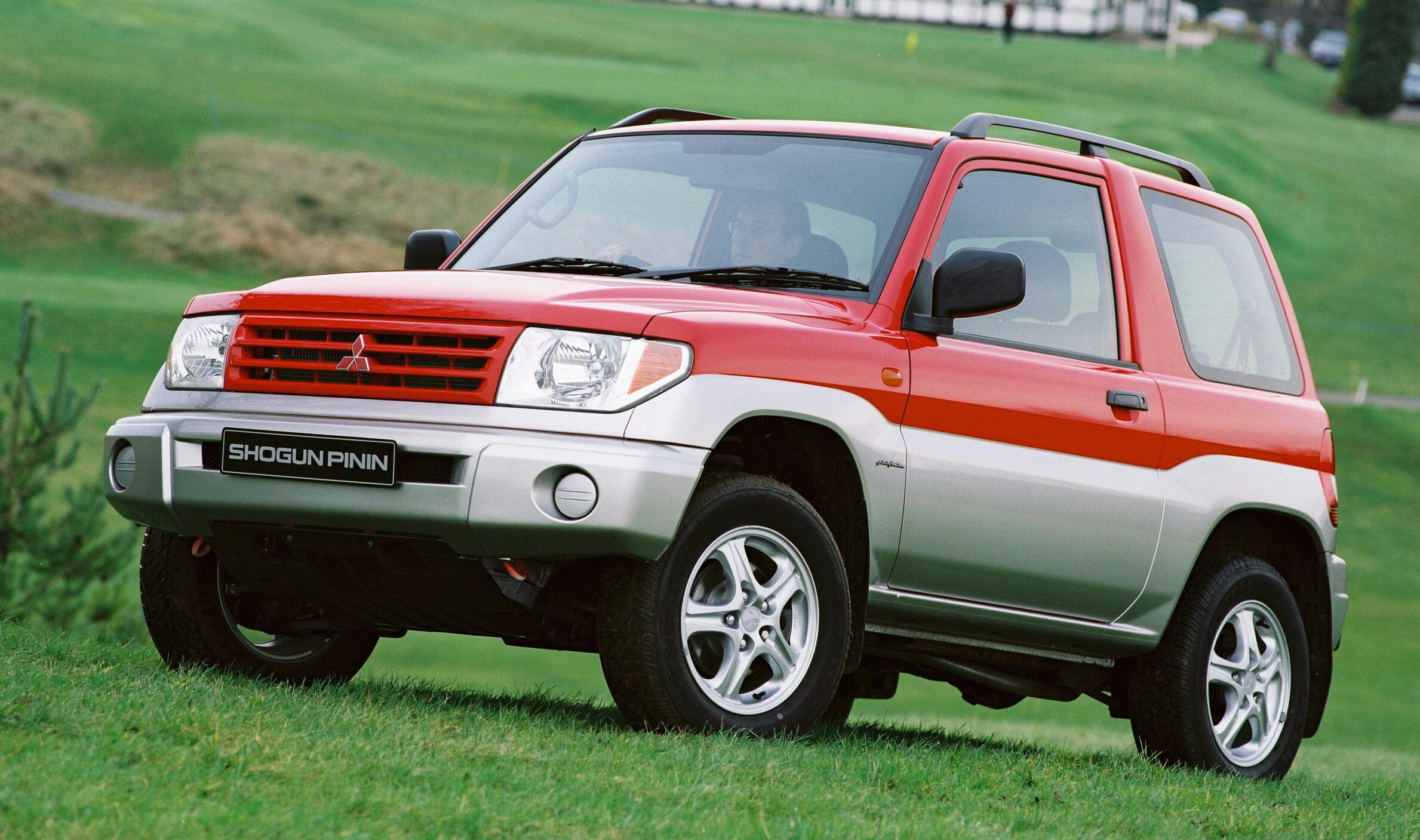



No interest other than the Ascari.
Agreed
Reminded to hunt for an Evo at reasonable price.
Agreed, except for the Mercedes CLK LM.
1998- BMW M3, BMW 3 Series Touring, MK1 Seat Leon Cupra, Porsche 968, Benz SL73 AMG, Peugeot 205 GTI, VW passat/Rallye Golf, Toyota Hilux, The lifted AWD VW Golf Country, Half the cars above aren’t worth the import fees, much less True Classics.
What an absurd article. Lists and describes cars, but doesn’t picture them all. Am I missing something?
Click the scroll arrow beside the posted pic
oh, I wish you hadn’t told us that. I clicked on the arrow next to the Ascari and saw the MB. And I’d just had breakfast. That has to be the ugliest car I’ve seen since, maybe ever.
You have to click the left/right arrows at the photo sides.
Each car pictured has a slide arrow containing 2 to 4 more cars of the same category.
Yes Nels, you’re not scrolling through the photos.
Thanks jjc
They are pictured. You have to scroll the photos from right to left. Still a bit confusing. 👍🏼
NONE!!!
Click on the arrows next to the pictures to see them all.
Agree.
There are arrows next to the pictures that are there that DOES give you those not shown
Click the arrow beside the pics to scroll through.
+1 on that
Click the scroll arrow beside the posted pic
The Brit cars look interesting; leave the Japanese junk where it originated.
They said 25 I see only 8
All 23 have their photo… indeed you are missing something… try the buttons… 🙂
Which button did you click to see the Mitsubishi Pajero Pinin?
There is probably a good reason that none of these were chosen to be exported by the manufacturer. I did not see anything here that I would want (or afford, as the case may be for the high end cars).
Usually one or both of two reasons. 1) no dealer network at the time. 2) meeting the US “safety” requirements wasn’t feasible.
Holden Ute from Australia is about the only “funky foreigner” that would get my attention. Those cars are awesome.
If you can afford one mate.
The price of Aussie muscle went ballistic after the factory closed and then the Covid Apocalypse when everyone bought up the last good examples
True dat. Gots a ’04 Pontiac GTO/Holden Monaro, wanted a matching ute.
Just the purchase would keep me from affording the import. Sigh.
I can see the crowds–RUSHING to import these cars—!
I will take an Ecosse, but good luck finding one!
I imported a diesel Land Rover 90 (Defender), irritating but relatively straightforward.
Rover sedan would be interesting, but not much else from this years eligibility moves me.
Anyone who has seen a the Fiat in real life knows how totally butt ugly they are.
One of the best cars I’ve ever owned. Incredibly versatile, lightly and airy. Let down by an unreliable clutch which needed replacing twice. You can’t see the outside when you’re inside.
Why in God’s name you would ever consider a Rover 75 is beyond me.
KV6 suffered catastrophic thermostat problems deep in the V6 that cost a bomb to fix.
Then there’s the K Series 16V. The headgasket failures that caused the failure of the MG Rover Group in general & the death of the Landrover Freelander.
I should know, I worked for MG Rover until they went bust in 2005.
Some ugly ducks here. Even the Ascari which looks good in the photo in this article, looks like a Fiero kit car when you dig a little deeper. The MB looks hideous with the chrome grill and hood ornament.
I’m with Nels regarding the article format. Having to scroll through a bunch of pictures feels like one of those FB clickbait advertisements. Though in this case maybe Nik was just trying to spare us the nausea from this group of misfits.
Sorry for the attitude, maybe I need another cup of coffee…
They should all stay overseas where they belong.
Thank God we were saved from most of those contraptions.